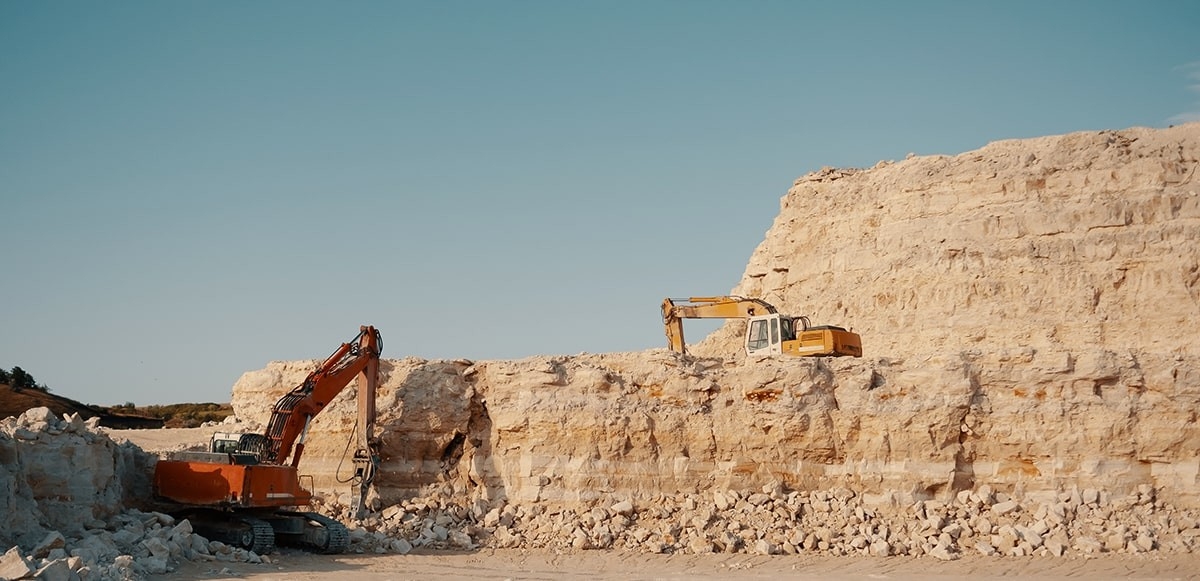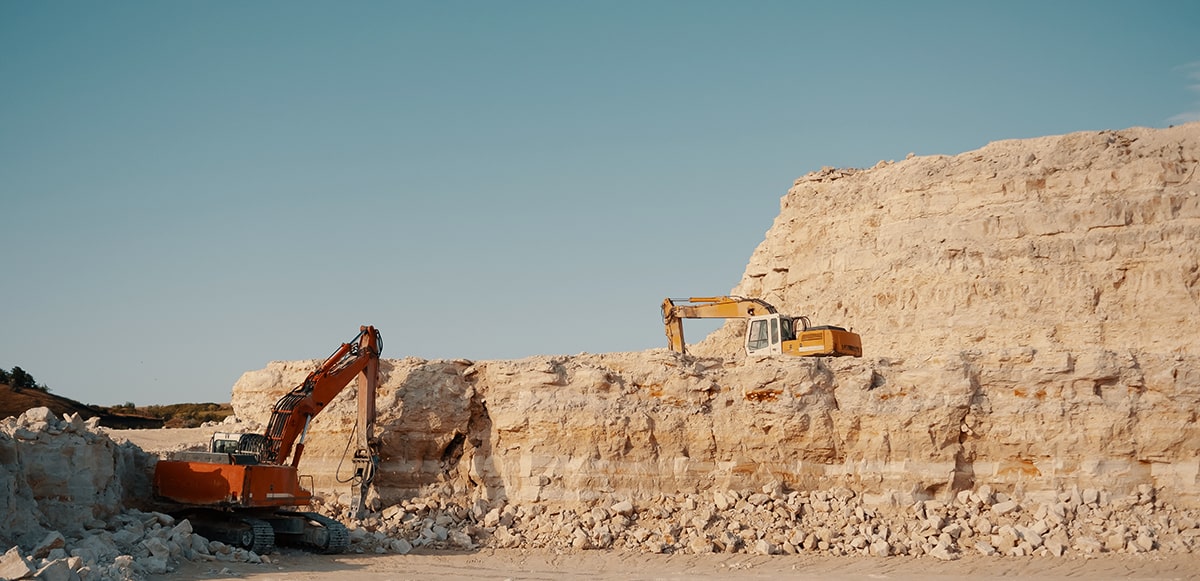How ready are you for the next big change in mining?


The coal industry is at the precipice of a transformational change. Recent research and studies have clubbed data on coal resources and demand in an economic model of trade and prices and arrived at the purported risk of stranded assets for coal investment under different decarbonization scenarios. They have stated that based on the situation wherein investment in coal mining and consumption continues as it does today, with the coal consumption reduced in line with keeping global heating to well below 2°C. The unviability of these assets before their operating lifetime ends could adversely affect coal-producing nations such as Australia and Indonesia to lose vital export revenues and jobs as international trade shrinks. Australia is cited as an example with reportedly standing to lose $25 billion per year in this scenario and globally, this could put 2.2 million jobs at risk.
These alarming statistics leave much to think about. Lead researchers on this topic recommend that one way to avoid these losses is by preparing oneself for the next big change in mining.
How does one prepare oneself? Here is one thought put forth by researchers: perhaps one could start dissociating early from coal to prevent locking in future development, and by financially backing the retraining of coal workers.
Phasing out coal, as studies reveal, has enormous benefits. For example, China, Europe, and India would save money under the sustainable pathway, with reduced costs of importing less coal. Europe, in particular, is cited to benefit from a gain of $20 billion per year with the phasing out of coal.
The overall statistics concerning the phasing out of coal is buoyant with the researchers estimating that the sustainable pathway would lead to a global net saving of $10 billion per year by 2040 from reduced coal transportation costs. And this is beside the economic savings from reduced air pollution and health consequences.
While the numbers and figures behind phasing coal are optimistic, there is one crucial factor that needs to be looked into: the timing. It is revealed that the longer one delays phasing out coal, the more severe the measures would be to reduce carbon emissions, leading to more stranded assets and job losses in the long run.
The western countries have already started rapidly phasing out the mining and consumption of coal while the Asian countries are still grappling with it. For instance, China has opened several new coal mines in the 2000s with a lifespan of about 30 years and India’s energy consumption is booming.
Researchers and analysts have concluded that while this transition to a sustainable pathway will bring an equal measure of big winners and losers; what the world needs to understand is that the more we anticipate the green transition, the better it would be for the economic stability, thus minimizing the disruption to people’s livelihood. So, today, what we need to ask ourselves is: how ready are you for the next big change in mining?





























